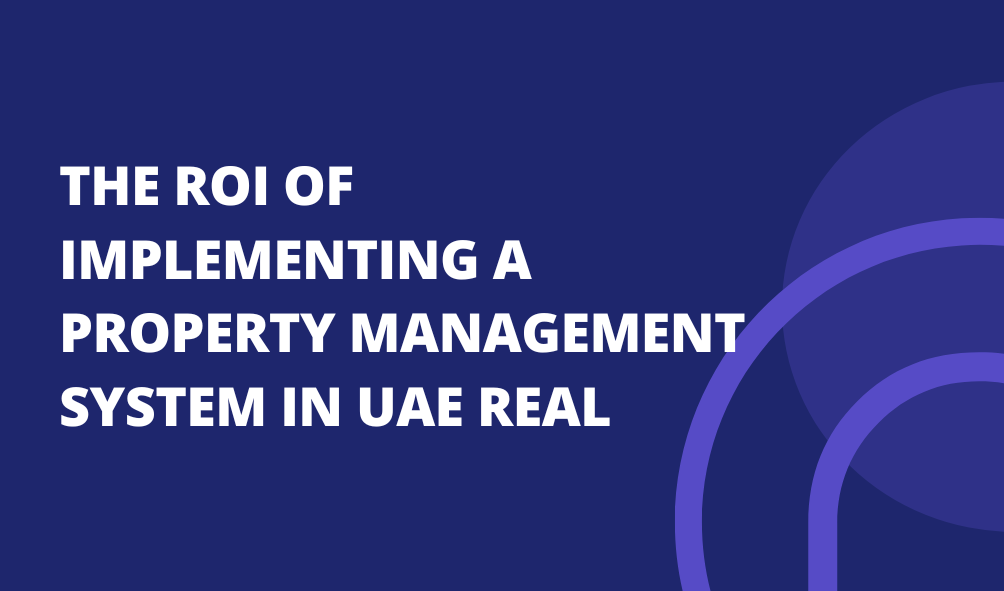Late Payment Fees In Property Management System: A Complete Guide
Late Payment Fees in Property Management System: A Complete Guide
Late or overdue payments are one of the biggest challenges in the real estate and property management industry. Whether it’s rental collections, installment plans, or project-based payments, delays can cause serious cash flow disruptions. To solve this, businesses need a Late Payment Fee Management System that automates the process and ensures timely revenue collection.
In this blog, we’ll cover what late payment fees are, how automation works, and why property managers, real estate developers, and businesses should implement this feature.
What Are Late Payment Fees in Property Management?
A late payment fee is a penalty charged to customers who fail to pay their dues on time. These fees are applied as either:
- Percentage-based penalties : (e.g., 2% of the overdue amount)
- Fixed charges : (e.g., $50 per late payment)
The main purpose of late fees is to:
- Encourage timely payments
- Compensate for administrative costs and cash flow delays
- Maintain financial discipline in projects
Instead of manually calculating and tracking overdue payments, a Property Management System (PMS) automates the entire late fee process.
How Automated Late Payment Fee Management Works
An advanced PMS with Late Payment Fee Automation gives businesses complete control over overdue payments. Here’s how it works:
1. Configure Project-Wise Rules
- Set grace periods (e.g., 30+ days).
- Define penalty type (percentage or fixed).
- Apply rules to specific projects, customers, or contracts.
2. Automatic Detection of Overdue Payments
The system continuously monitors invoices. If the due date passes and the grace period ends, it automatically flags the overdue payment.
3. Late Fee Invoice Generation
A separate invoice for the late fee is generated automatically, avoiding manual intervention and ensuring accuracy.
4. Statement of Account Integration
All late fees are reflected in the customer’s Statement of Account, ensuring transparency and reducing disputes.
Benefits of Automating Late Payment Fees
Implementing an automated late payment fee system brings multiple advantages:
- Better Cash Flow : Encourages customers to pay on time.
- Time Savings : No manual tracking or follow-ups.
- Error-Free Calculations : The system applies rules consistently.
- Transparency : Customers clearly see late fees in their statements.
- Fair Policy : Rules apply equally across all customers and projects.
- Professionalism : A structured approach avoids conflicts and disputes.
Example Use Case
Imagine a real estate company in UAE managing multiple projects. Customers pay installments quarterly.
- Rule: 30-day grace period
- Penalty: 2% of overdue amount OR $100 fixed fee
Process
- Customer delays beyond 30 days
- System automatically generates late fee invoice
- Fee is added to customer’s statement
- Admin avoids manual calculation and maintains financial discipline
FAQs on Late Payment Fee Management
1. Why should businesses automate late payment fees?
Automation ensures accuracy, consistency, and saves time compared to manual tracking.
2. Can I set different rules for different projects?
Yes, a PMS allows project-wise customization with flexible grace periods and penalty options.
3. How does automation improve customer relationships?
By applying transparent, consistent policies, disputes are minimized, and customers trust the system more.
4. Can late fees be percentage-based or fixed?
Yes, businesses can choose either or even combine both based on project needs.
5. Is the system useful only for real estate?
No, it works for property managers, rental businesses, construction firms, and installment-based projects.
Final Thoughts
Overdue payments can severely impact business growth. By adopting an automated Late Payment Fee Management System, property managers and businesses ensure financial discipline, improve cash flow, and reduce administrative workload.
If you’re managing multiple projects or rental units, automation is no longer optional it’s a necessity.







